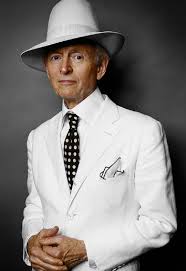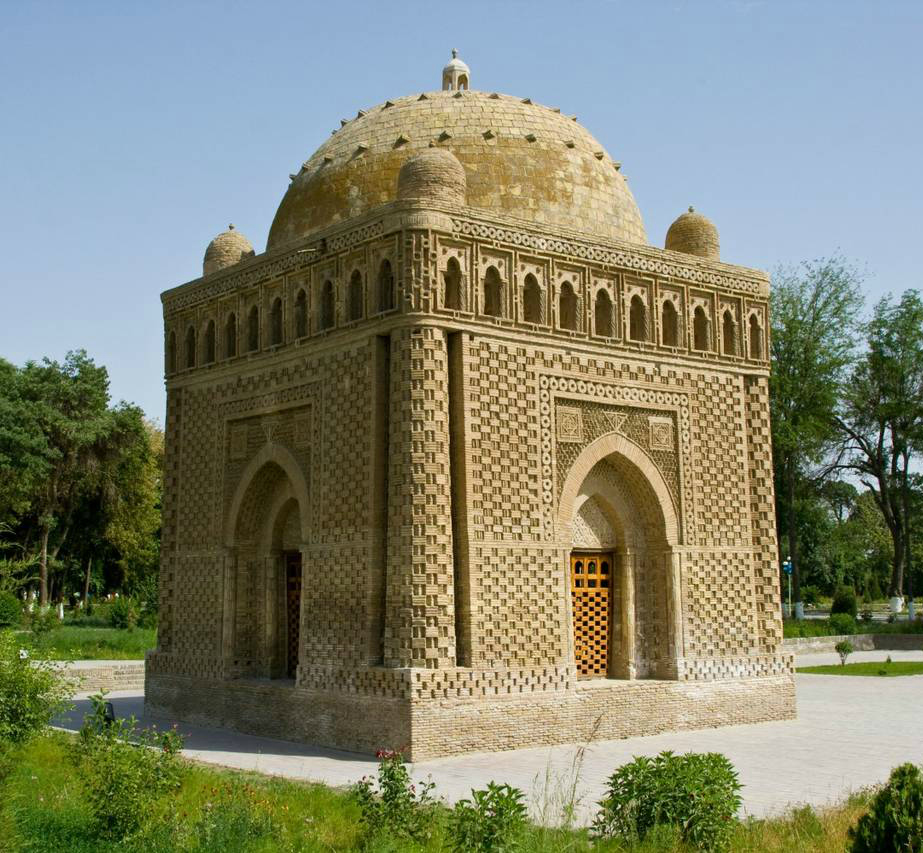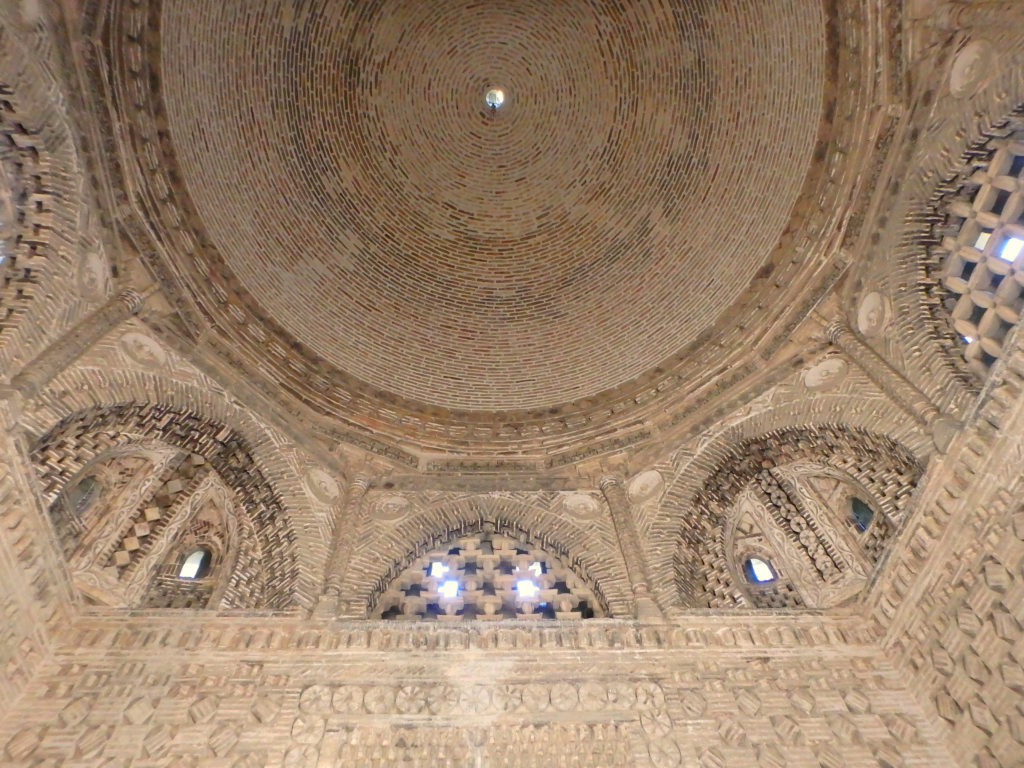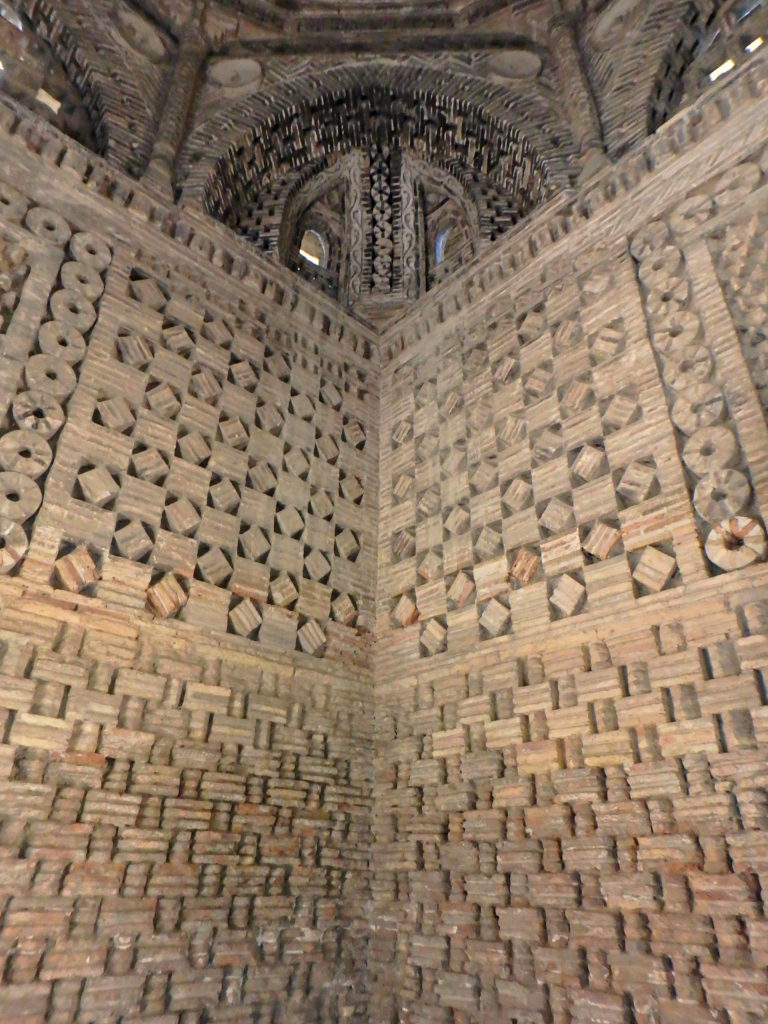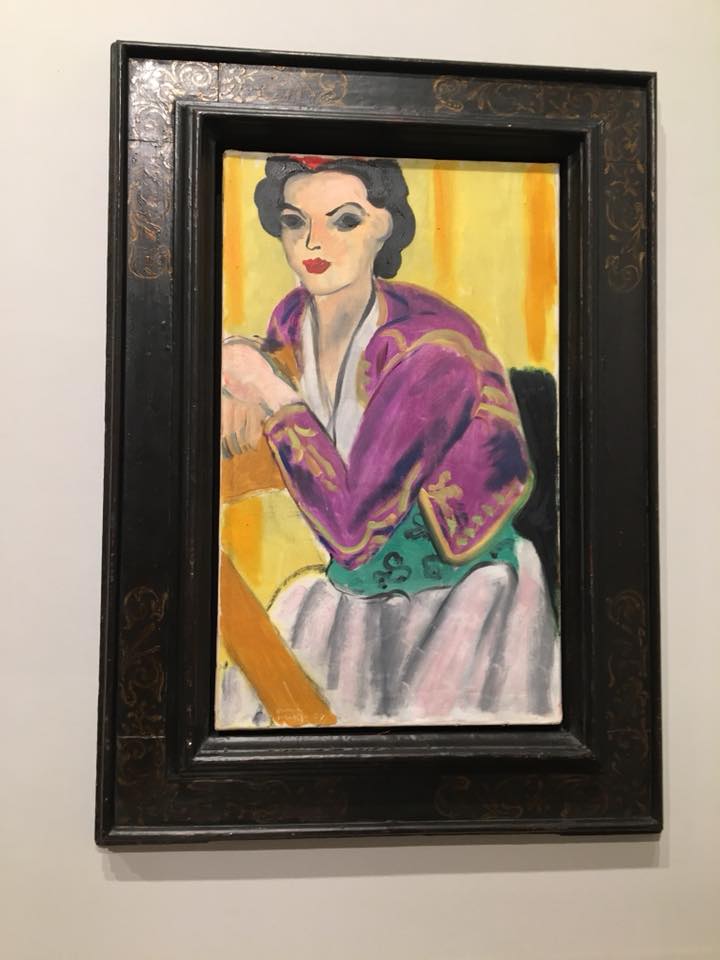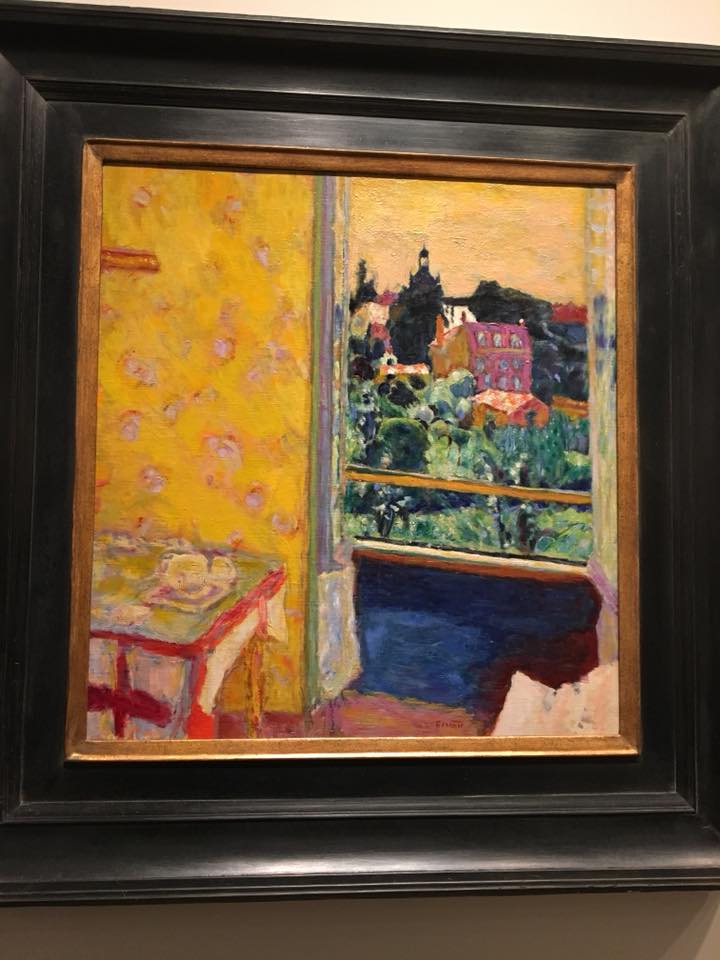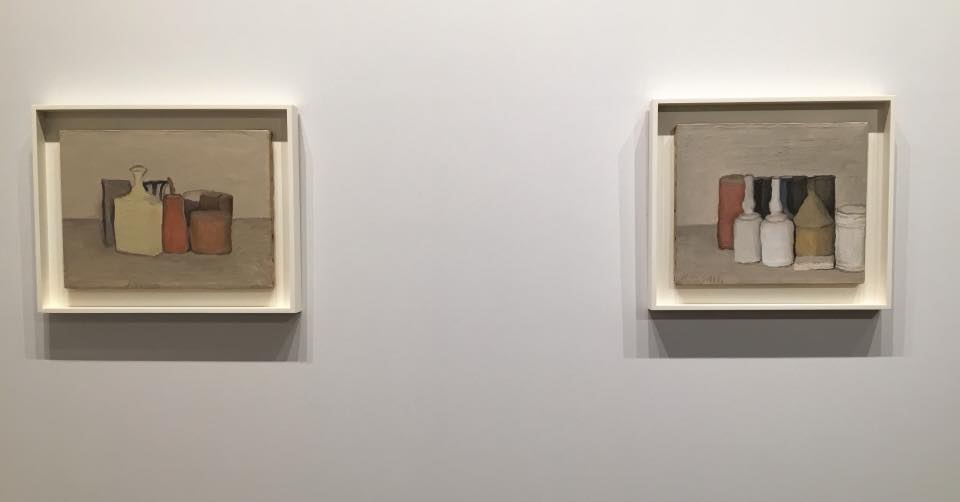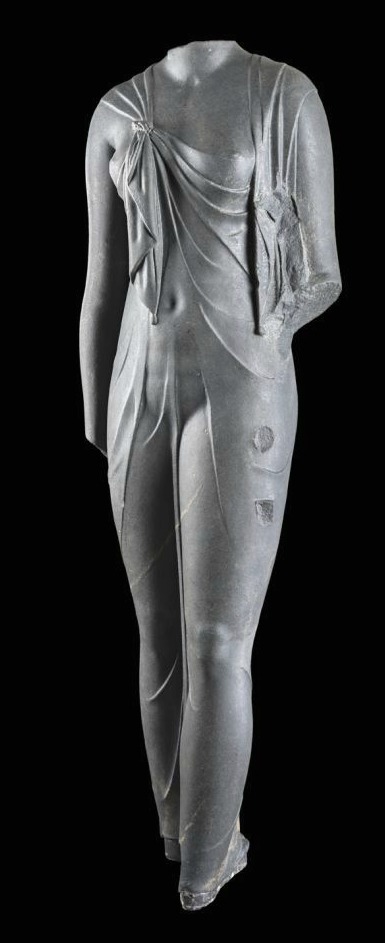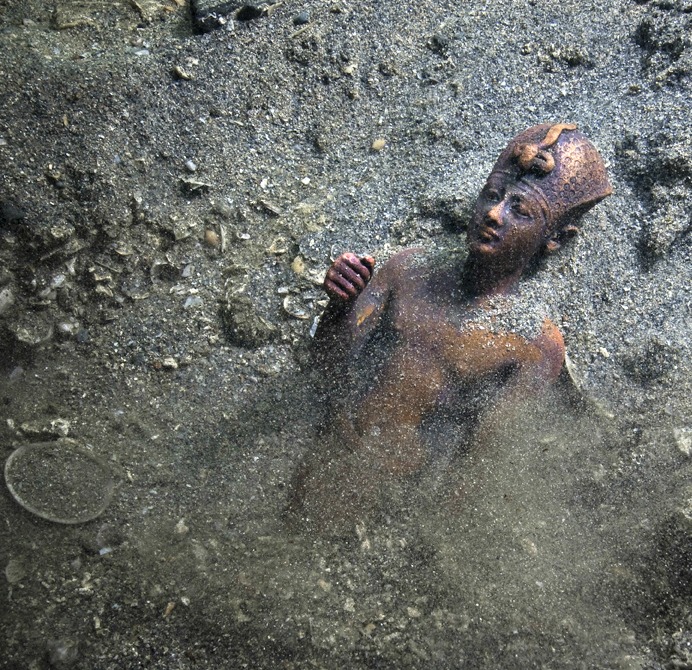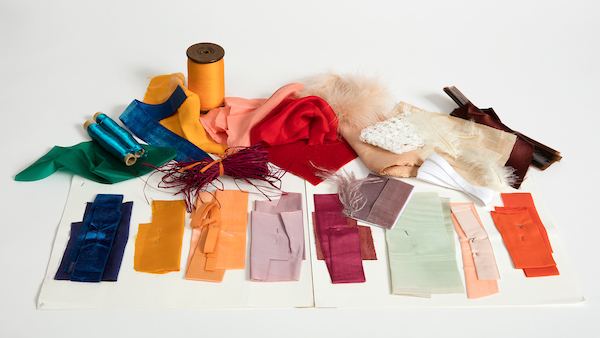
Saturated: The Allure and Science of Color, now on view, is exactly the kind of exhibition I expect and like to see from the Cooper Hewitt, National Design Museum–which, frankly, came as a bit of a surprise. Since the Cooper Hewitt reopened in 2014 after a three-year renovation, it has been a bit of a disappointment to me. Too much technology that didn’t work, too much attention to interactivity rather than on design objects, too much play for my tastes. That said, it was popular, at least at first.
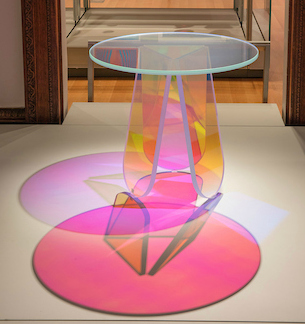
But I did not give up on the Cooper Hewitt and Saturated was reason enough by description to bring me back. It’s all drawn from permanent collections of the Smithsonian–and that’s a good thing. The Cooper Hewitt, part of the Smithsonian, has many worthy objects in its collection, far more than can be displayed in its limited space (In 2016, it launched a digital database of more than 200,000 objects.) and some are getting a good showing in this exhibit. Even more important, the other source of material for Saturated is the Smithsonian Libraries system, a network of 21 libraries. Together, they own more than two million books, 40,000 of which are “rare,” plus 10,000 manuscripts. (More information is here on the Fact Sheet.) It claims to be the world’s largest library system.
But back to Saturated, which attempts to “reveal how designers apply the theories of the world’s greatest color thinkers to bring order and excitement to the visual world,” and how “color perception has captivated artists, designers, scientists and philosophers.†The museum sets up this “elusive, subjective complex phenomenon” with these words:
Color is an objective, quantifiable, physical phenomenon, the reflection of certain wavelengths of light off the surface of different materials. But color is also a subjective, personal experience, different for every person and deeply intertwined with language and memory.
I reviewed this short history of color in 190 objects for The Wall Street Journal in a piece headlined Vibrant From Any Angle and published last week (while I was away). I found the exhibit to be enlightening and visually engaging, with objects dating from the 3rd to 5th Century B.C. to 2014, from a cobalt blue flask created in Syria to a 1704 book by Isaac Newton to an ’80s Joffrey Ballet poster to Peony, a wall hanging made by a digital printer and a Shimmer table made possible by nanotechnology.

You can read my review here or on my personal website. And, here are two fascinating tidbits I could not squeeze into the review:
- In 1856, William Henry Perkin “accidentally created the first synthetic dye from coal tar†–at age 18. He was searching for a treatment for malaria but instead got a brilliant purple dye; it caused the color industry to “explode,†because previously color came from insects, animals, plants, minerals, and other natural sources.
- And there’s a book, Theoretical and Practical Treatise of Textile Printing, which George Seurat cited as influential in the development of pointillism.
You just never the impact of what you do.
So go see Saturated if you’re in NYC.
Photos: Matt Flynn © Smithsonian Institution

